A Historical and Concerning Phenomenon
(Japan Overtourism)
For the first time in 130 years, the summit of Mount Fuji remains snow-free in October. Normally covered in snow from the beginning of the month, it has yet to see any snowfall this year, a first since 1894. According to the Japan Meteorological Agency, this phenomenon is likely related to climate change, especially since Japan experienced record-breaking temperatures this summer, over 1.76°C above average.
The previous record dates back to 1955 and 2016, when the first snowfall was recorded on October 26. (The earliest date being August 9, 2008.)
« While it’s hard to attribute delayed snowfall on Mount Fuji directly to climate change, it is in line with what experts predict in a warming world« , reported the BBC.
Protective Measures Against Overtourism
This phenomenon echoes recent measures taken by the Japanese government to protect its most important sacred site, designated a UNESCO World Cultural Heritage site in 2013. Since the end of the COVID-19 crisis, Mount Fuji has seen an explosion in visitor numbers, with over 135,000 visitors between July and September 2023, according to the Asahi Shimbun newspaper.
To combat the impact of overtourism on Mount Fuji, the government of Japan officially implemented restrictions to curb its effects. Since July 2024, visitors have been required to pay an entry fee of 2,000 yen (around $13 and 12€ in 2024).
A Daily Quota of 4,000 Visitors
In addition to the entry fee, a daily visitor quota limits access to 4,000 people on the Yoshida Trail, the main and most popular pathway to the summit. A paid online reservation system covers 3,000 of these spots, while the remaining 1,000 can be reserved on-site the day of. Hikers can also make an additional donation of 1,000 yen (about $6 and 6€ in 2024) for site conservation. These measures aim to preserve the mountain by reducing litter accumulation and improving hiker safety. However, for those not willing to use the Yoshida Trail, they can use one of the three other free paths to the summit.
The Yoshida Trail is also closed from 4 PM to 3 AM for safety reasons. This decision addresses the number of accidents on Mount Fuji, where 3,568 people were rescued, missing, or killed in 2023, an increase of 62 from the previous year. Many hikers, especially non-Japanese visitors, attempt to summit the mountain at night to witness the sunrise from the top, what is very risky.
« Underestimating the risks of mountain climbing can result in injuries, deteriorating health conditions, getting lost in the mountains and even life-threatening situations. »
(Yoshiro Sanada, executive director of Fuji-Yoshida tourism promotion service)
– Read more about it on the Asashi Shimbun newpaper –
Repercussions of Overtourism on Nearby Towns in Japan
Overtourism around Mount Fuji has also negatively affected surrounding towns, causing issues such as littering and disturbances for residents. Local authorities observed about a 14% drop in tourism due to new restrictions, a welcome reduction that helps limit environmental pressures on the mountain and its surroundings.
Overtourism Disturbance for locals in Japan
In Fujikawaguchiko, a town in Yamanashi Prefecture (center of Japan), a viral photo spot featuring Mount Fuji in front of a convenience store has led to a surge of tourists stopping there for pictures. However, locals have noticed an increase in inappropriate behavior from tourists, such as littering, abandoned cigarettes, disrespect of locals and disregard for traffic rules. Despite the presence of security personnel, some tourists have even trespassed on private property, including the roof of a dental clinic, to get better photos.
In response, in May 2024, the town installed a 20-meter-long, 2.5-meter-high opaque mesh screen to hide the view of Mount Fuji and reduce the number of people stopping there.
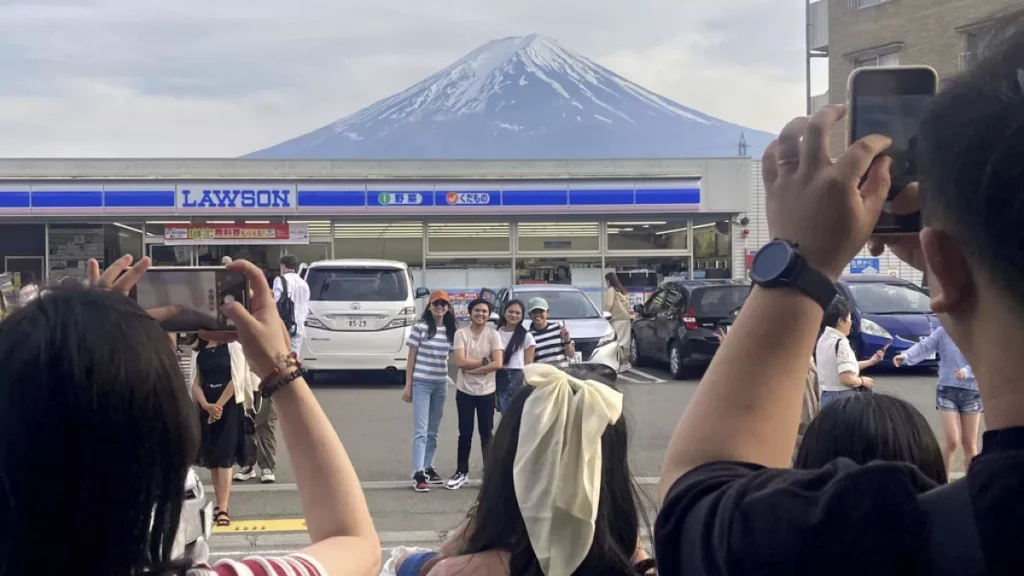
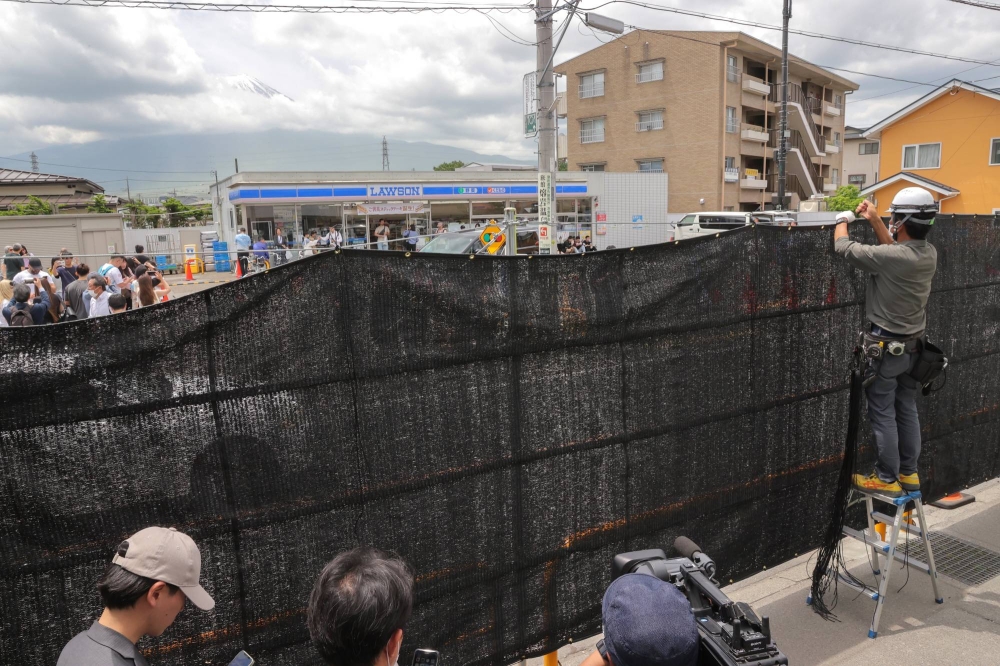
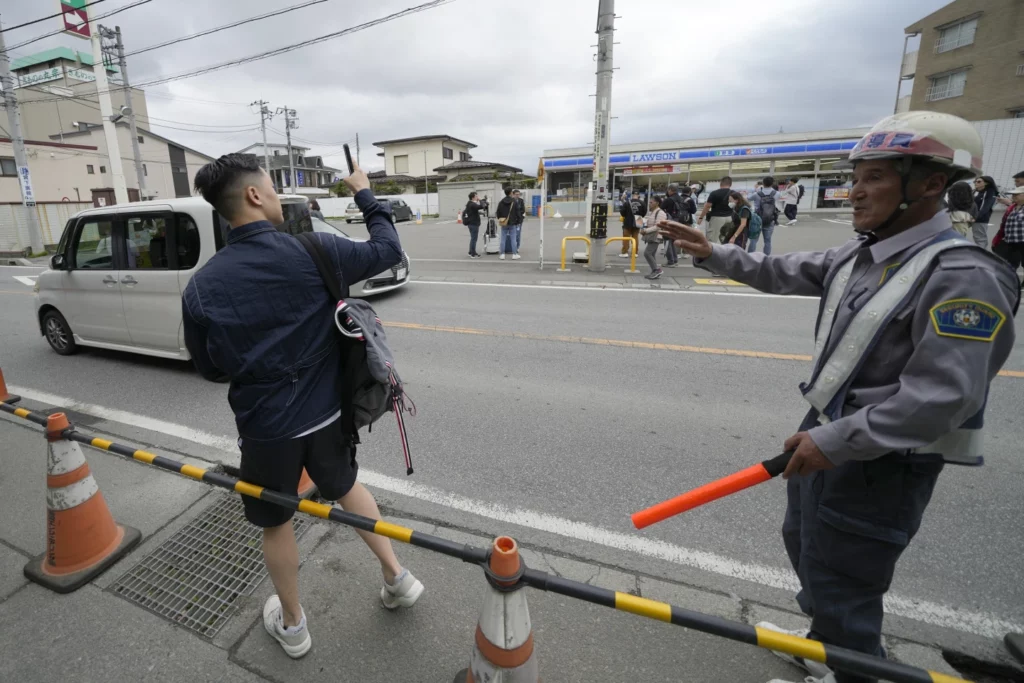
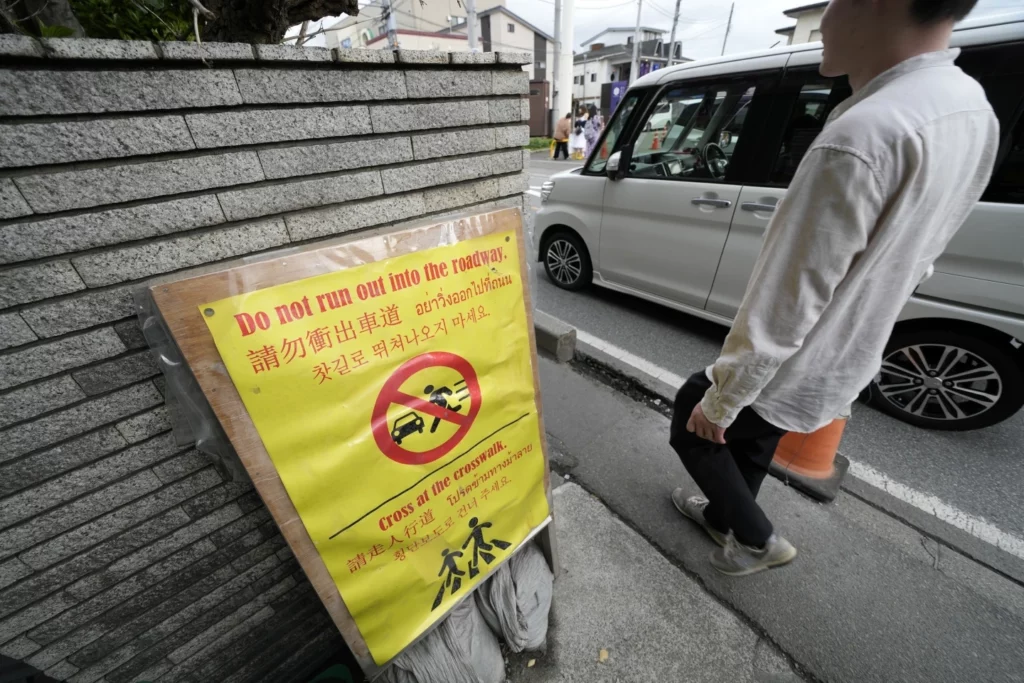

Endless Tourist Lines
At Arakurayama Sengen Park in Fujiyoshida City, Yamanashi Prefecture, a viewpoint went viral, offering a view of Mount Fuji alongside a famous five-story vermilion pagoda, and blooming cherry trees all in one frame. Under a clear sky, on April 13, 2024, visitors waited over an hour and a half to access the view.
Controversial Yet Necessary Measures
For some tourists, Japan’s restrictive measures may seem excessive or regrettable, but for locals, the situation has become unbearable over the years. Disrespectful behavior and frequent rule violations have led the country to implement stricter regulations. These restrictions are seen by many Japanese as the only way to protect their quality of life and their fundamental cultural values of respect and cleanliness.
However, some residents fear these measures will simply shift the overtourism problem elsewhere, especially as tourism in Japan continues to grow year by year. Then, it raises questions about the long-term effectiveness of these restrictions, considering that each rule could potentially be circumvented by tourists.









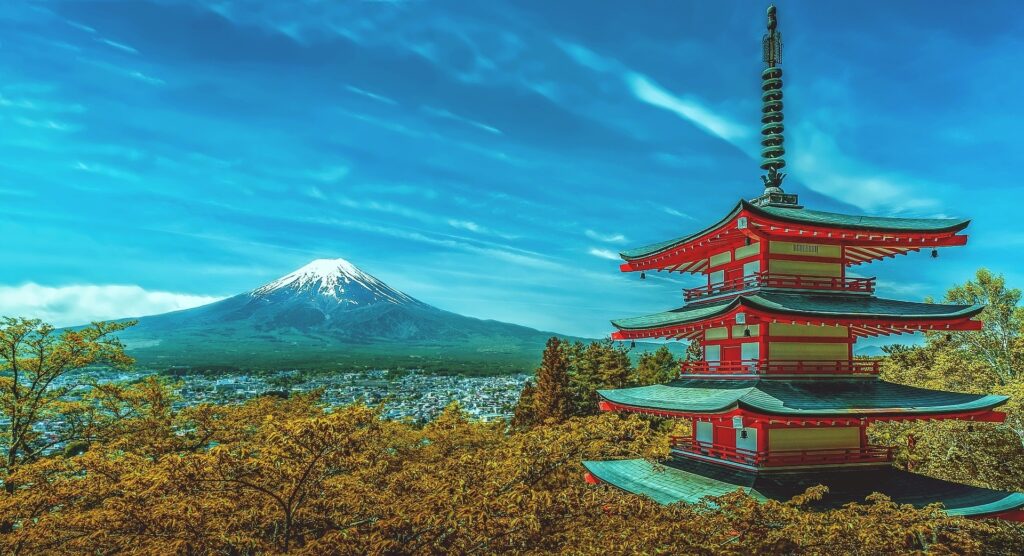
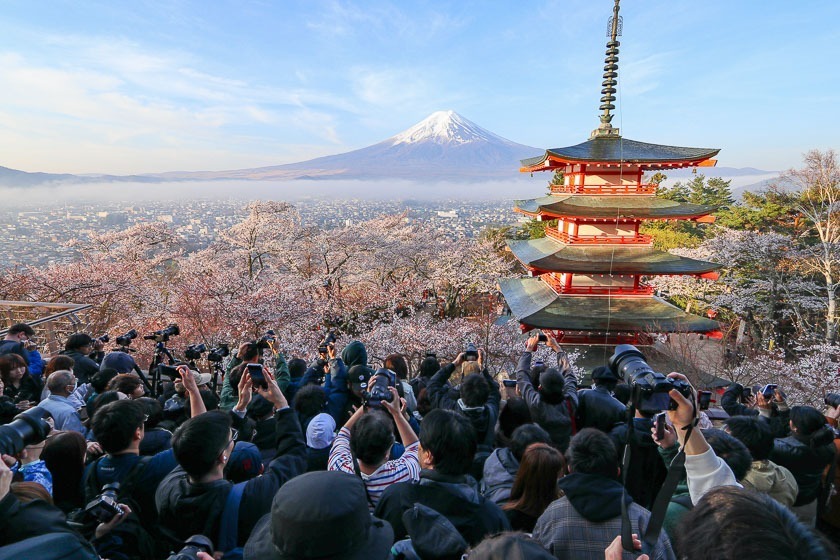

1 comment
Fantastic web site. Plenty of helpful info here. I¦m sending it to several pals ans additionally sharing in delicious. And certainly, thank you to your effort!